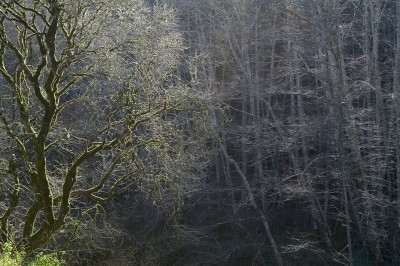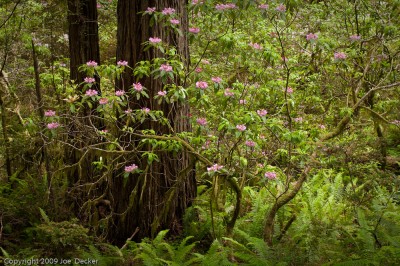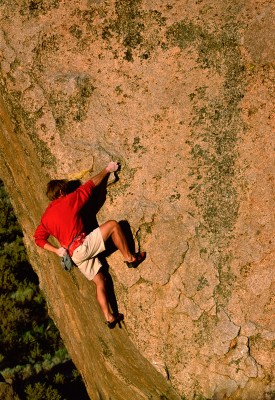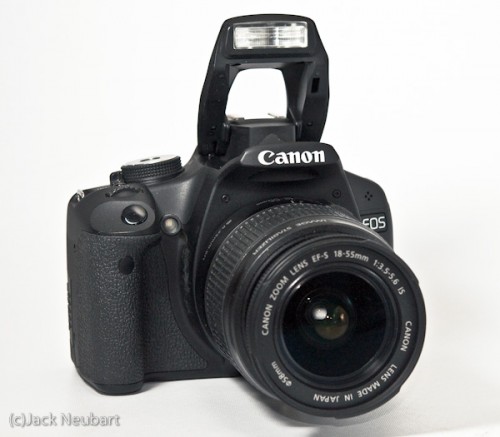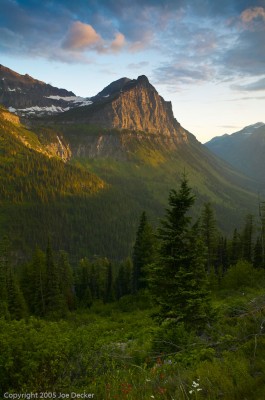Olympus E-3 Digital SLR Review: Field Test Report
A versatile camera, a powerful combo.
While it was fun to use, the Olympus E-620 did not leave a lasting impression. I needed to get back to my own DSLR system and do some serious shooting. Fast forward. Now the Olympus E-3 lands on my doorstep. Obviously not the newest camera in the Olympus Four Thirds DSLR camp, the pro-level E-3 certainly is the one that takes itself most soberly, as the flagship in the fleet.
You might say, I began with the progeny and traced its lineage back to the progenitor. Well, not all the way back, an interim step but a quantum leap above the original E-1, the DNA strand from which all Olympus digital SLRs evolved.
The E-3 ($1,250) begins with the high-speed Live MOS sensor and 10.1 million effective pixels. It also features Olympus’s Supersonic Wave Filter dust reduction system for the image sensor, along with image stabilization built into the camera body (effective range: 5 steps, according to the specs), making it usable with every compatible Four Thirds lens (and there are lots of them). (more…)

